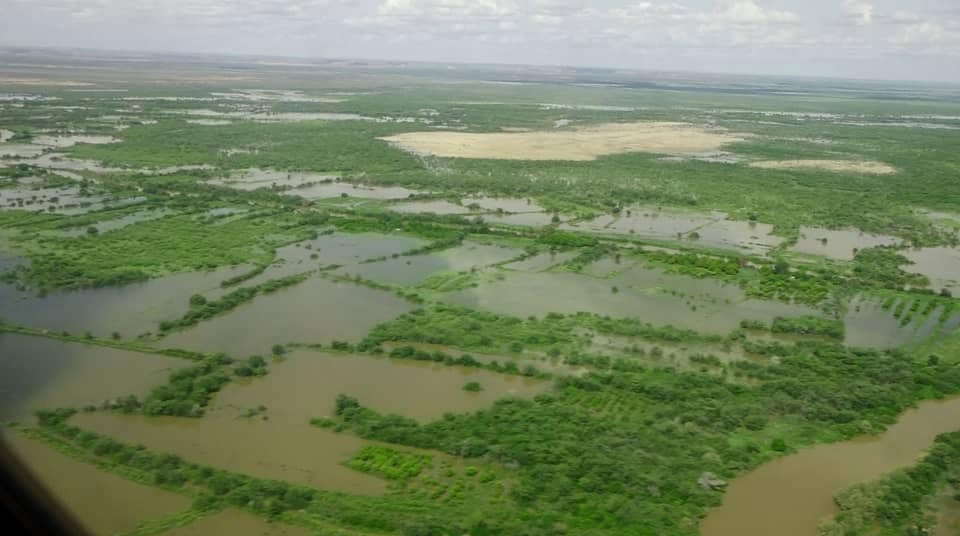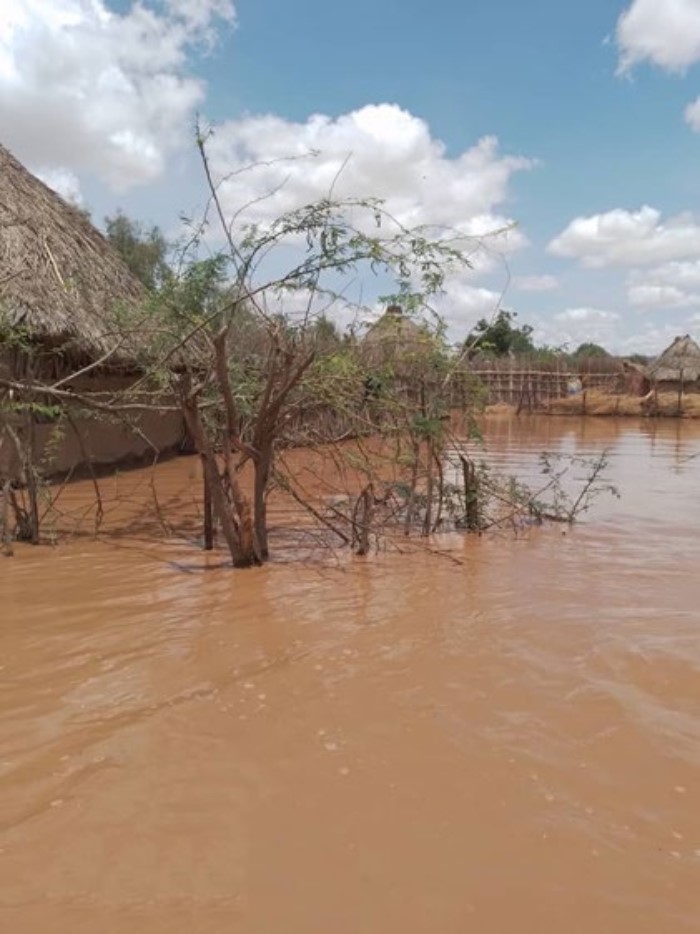The United Nations reports that continued flooding in Ethiopia has caused widespread destruction and displacement in the regions of Somali, Oromia, SNNP (Southern Nations Nationalities and Peoples’), South West and Afar. Over 90 fatalities have lost their lives.

In early April this year, the UN Office for the Coordination of Humanitarian Affairs (UN OCHA) reported flooding and heavy rain affected or displaced around 240,000 people in Somali, Oromia and Afar regions from mid-March, with 29 fatalities reported. Flooding has worsened since then, causing significant damage and displacements. According to the latest UN report, around 190,000 households have been affected by flooding across the country, with over 200,000 people forced to leave their homes.
The flooding has deepened the vulnerability of populations whose resilience is already highly affected by the impact of a prolonged drought since 2020 as the areas most affected by flooding and drought overlap, UN OCHA said.
In the Somali Region, data from the Disaster Risk Management Bureau reveals that 58,909 households have been impacted by the floods since March, with 35,350 households displaced and 45 human casualties reported. The Shabelle Zone has been particularly hard-hit, with 37,117 households affected, including 17,064 internally displaced households. The floods have also resulted in the destruction of approximately 99,713 hectares of farmland and the deaths of 23,306 livestock, dealing a significant blow to the region’s agricultural sector, which serves as the primary source of livelihood for these riverine communities. Consequently, food security in the coming months is under threat.
In the Oromia region, flooding has displaced over 5,803 households, affecting approximately 29,015 individuals, and tragically claiming the lives of eight people. Wide areas of crops have been damaged, and crucial infrastructure such as roads, bridges, schools, and water, sanitation, and hygiene (WASH) facilities have been either damaged or destroyed.
Likewise, the Southern Nations, Nationalities, and Peoples’ (SNNP) Region has experienced significant loss of life and property due to flooding. As of 05 May 2023, 38 fatalities have been reported, including 22 fatalities in the Gofa Zone, 14 in the Kozo Zone, and 2 in the Hadiya Zone. Across the Konso, South Omo, Wolayita, Hadiya and Amaro Special Woreda, and Gofa areas, a total of 12,585 people have been affected and displaced. Livestock deaths resulting from the floods have also been reported. In Sidama, the overflow of the Bilate River has led to the displacement of 2,500 individuals across six kebeles of Loka Abaya woreda.
The Afar region has faced unexpected flash and river floods, as indicated by a regional government-led assessment conducted as of 01 May. At least 19,260 people have been affected, with an estimated 9,110 individuals displaced. Many of the recently displaced individuals are seeking refuge in open spaces or under trees. Others have sought shelter in local schools, like in Teru. However, a significant number of people remain stranded in hard-to-reach areas due to damaged and flooded roads, especially in Teru.
The Ethiopian government, along with local authorities, is working to respond to the crisis. Efforts are underway to provide immediate relief, including shelter, food, and medical assistance, while also initiating rehabilitation plans to support the affected regions in their long-term recovery, UN OCHA said.
